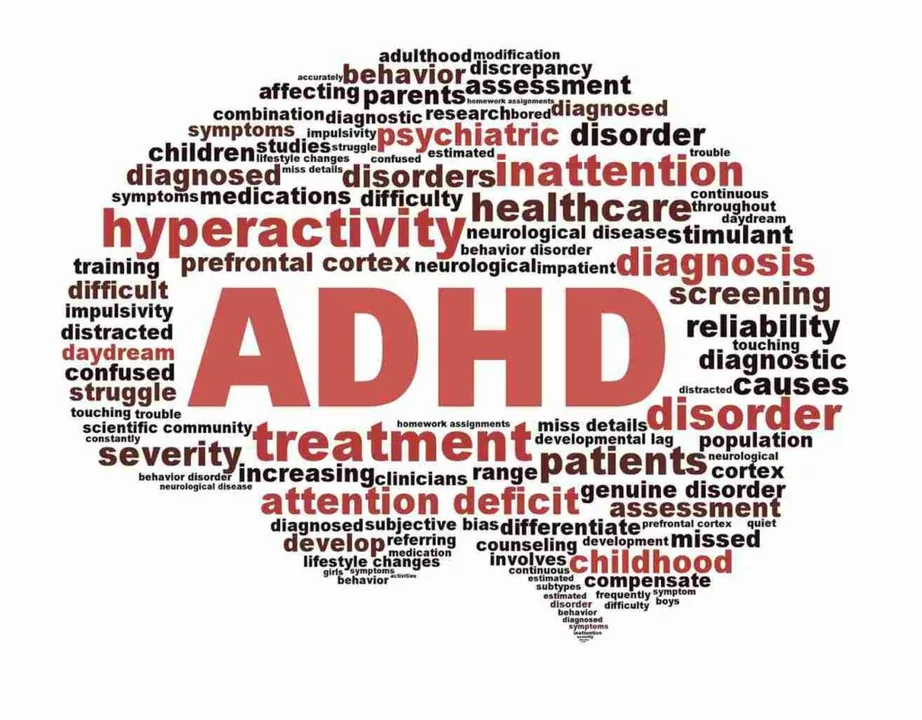ADHD Treatment: Practical Options That Work
ADHD can feel chaotic, but treatment often brings clear, steady improvement. If you or someone you care for is starting treatment, know there are proven options: medications, therapy, school supports, and simple daily routines. This page gives practical, no-nonsense steps to help you pick and manage ADHD treatment.
Medication: what to expect
Medication is the fastest way to reduce core ADHD symptoms for many people. The most common choices are stimulants like methylphenidate (Ritalin, Concerta) and amphetamine salts (Adderall, Vyvanse). These usually work within hours and often give noticeable focus and impulse control benefits. Non-stimulant options include atomoxetine (Strattera) and alpha-2 agonists like guanfacine; these take longer to work but suit people who can't tolerate stimulants. Expect a careful start: doctors typically try a low dose, watch effects for a few weeks, then adjust. Side effects can include appetite loss, sleep issues, and mood changes — keep a symptom diary to share with your clinician. Regular follow-up is important to check heart rate, blood pressure, and real-life effects on school or work.
Therapy, school, and lifestyle
Medication helps symptoms, but skills matter too. Cognitive behavioral therapy (CBT) and parent training teach practical strategies like breaking tasks into chunks, using timers, and building reward systems. For kids, work with teachers to set clear routines and simple accommodations—extra time on tests, written instructions, or a quiet place to work can make a big difference. Daily habits matter: aim for consistent sleep, short exercise sessions most days, and a simple meal plan that avoids long gaps in nutrition. Some people try supplements—fish oil or magnesium—but talk to your doctor first; supplements can interact with meds or have limited evidence. Track progress with short weekly notes on sleep, mood, homework or work performance, and medication timing.
Adults often need different supports: focus on time management tools, calendars, and breaking projects into smaller deadlines. Workplace accommodations like written task lists or flexible deadlines can make a big difference. ADHD often happens with anxiety, depression, or learning problems. Good care checks for these so treatment covers the full picture. If a medication stops working or side effects are hard to handle, ask your prescriber about dose changes, switching drugs, or combining medication with therapy. Keep an up-to-date meds list with doses and pharmacy contacts. Bring it to every visit and before travel. For families, try one small habit at a time — a 10-minute evening homework check or a simple morning checklist. Small wins add up and make routines stick. Ask questions, stay curious.
Picking a treatment plan is personal. Start with a good clinical assessment, try one change at a time, and keep notes so you can judge what really helps. If buying medication online, always use licensed pharmacies and never skip prescriptions or monitoring—if you're in Canada, a pharmacist can help check interactions and dosing. If side effects or worries arise, contact your prescriber quickly. With steady monitoring and small habit changes, most people with ADHD see real, manageable gains.

Atomoxetine and ADHD Coaching: A Winning Combination
As someone who has experienced the benefits of Atomoxetine and ADHD coaching, I can confidently say that this combination is truly a winning one. Atomoxetine, a non-stimulant medication, helps me manage my ADHD symptoms effectively, while my ADHD coach provides personalized guidance and support. Together, they have improved my focus, organization, and overall well-being. I highly recommend this powerful duo for anyone struggling with ADHD. Trust me, it can be a game-changer!
Read more